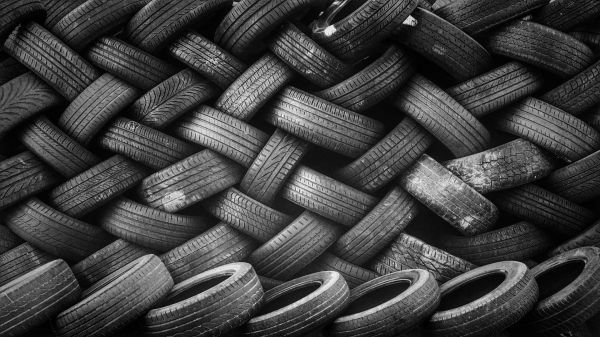Each year, about 27 million tires end up in landfills, dumps and stockpiles, where they pose health and environmental hazards. These tires could get a second life as components of the roads they once traveled, but blends of ground tires and asphalt can be unstable. Now, researchers have identified polymer additives that increase the storage stability of asphalt rubber. They report their results in the ACS journal Energy & Fuels.
Because rubber is so resilient, scrap tires persist in the environment for a long time, creating fire hazards and breeding grounds for rodents and mosquitoes. This durability could make tires advantageous for producing rubber asphalt –– a mixture of ground tire rubber and bitumen (asphalt) used to pave and repair roads. Currently, about half of U.S. states use ground tire rubber as a component of asphalt mixes, citing better performance than regular asphalt, cost-effectiveness and environmental benefits. However, the material has two major challenges that limit wider use: its high viscosity and tendency to separate into rubber and bitumen layers during storage. Christopher Williams, Eric Cochran and colleagues wanted to identify polymer additives that mitigate these problems.
Read more at American Chemical Society
Image via Pixabay.com


